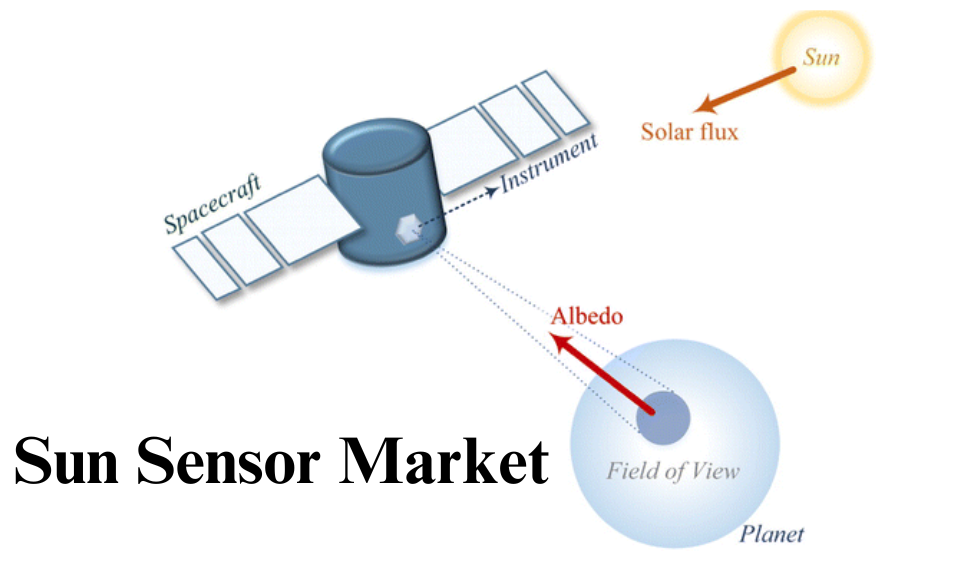
Sun sensors are optical devices that determine the direction of sunlight relative to the satellite. They convert sunlight into electrical signals, helping the satellite understand its orientation with respect to the Sun.
Since solar energy is crucial for satellites, they must consistently face the Sun for maximum efficiency. Sun sensors guide solar panels toward sunlight, enhancing power generation while supporting navigation systems.
Sun sensors detect the angle of incoming sunlight and relay this information to the satellite’s attitude control system. Consequently, this enables real-time adjustments to maintain proper orientation.
Once sunlight is detected, advanced algorithms process the data to determine precise satellite positioning. This ensures that the spacecraft remains stable even during dynamic orbital conditions.
The optical head collects sunlight and focuses it onto photodetectors, starting the measurement process.
Photodetectors transform sunlight into electrical signals. These signals reflect the Sun’s position relative to the satellite’s structure.
This unit processes incoming signals, calculating the satellite’s orientation and enabling fast corrective actions when necessary.
Solar sensors provide essential data for keeping the satellite correctly positioned in orbit, working alongside gyroscopes and star trackers.
Sun sensors integrate seamlessly with other attitude determination tools such as gyroscopes and reaction wheels. This combination guarantees precise control, even in challenging space environments.
If you want to explore complementary technologies, check out our comprehensive page on the Satellite Attitude Control Module for more insights.
While sun sensors are indispensable for communication satellites, their use extends far beyond. Earth observation satellites, for example, rely on accurate attitude determination to capture high-resolution images of specific regions. Similarly, scientific satellites use sun sensors to maintain stable positioning for sensitive instruments, ensuring precise data collection during deep-space missions. Consequently, the versatility of sun sensors makes them a critical component in almost every satellite application.
In recent years, the integration of sun sensors with advanced satellite systems has gained significant momentum. For example, many satellites now combine sun sensors with gyroscopes and star trackers, enhancing the overall accuracy of attitude control. Moreover, this integration allows satellites to maintain optimal orientation, even in the most challenging environments of deep space. As a result, the performance and reliability of these space missions have improved dramatically.
In addition, technological advancements have led to the development of more compact and lightweight sun sensors. These innovations not only reduce the payload weight but also enable the deployment of small satellites, such as CubeSats. Consequently, mission designers have greater flexibility, allowing them to meet a variety of mission objectives efficiently.
Solar sensors are used in a wide range of satellite applications:
Communication satellites use them to maintain antenna direction.
Scientific missions benefit from accurate solar tracking for data collection.
Send us a message,we will answer your email shortly!